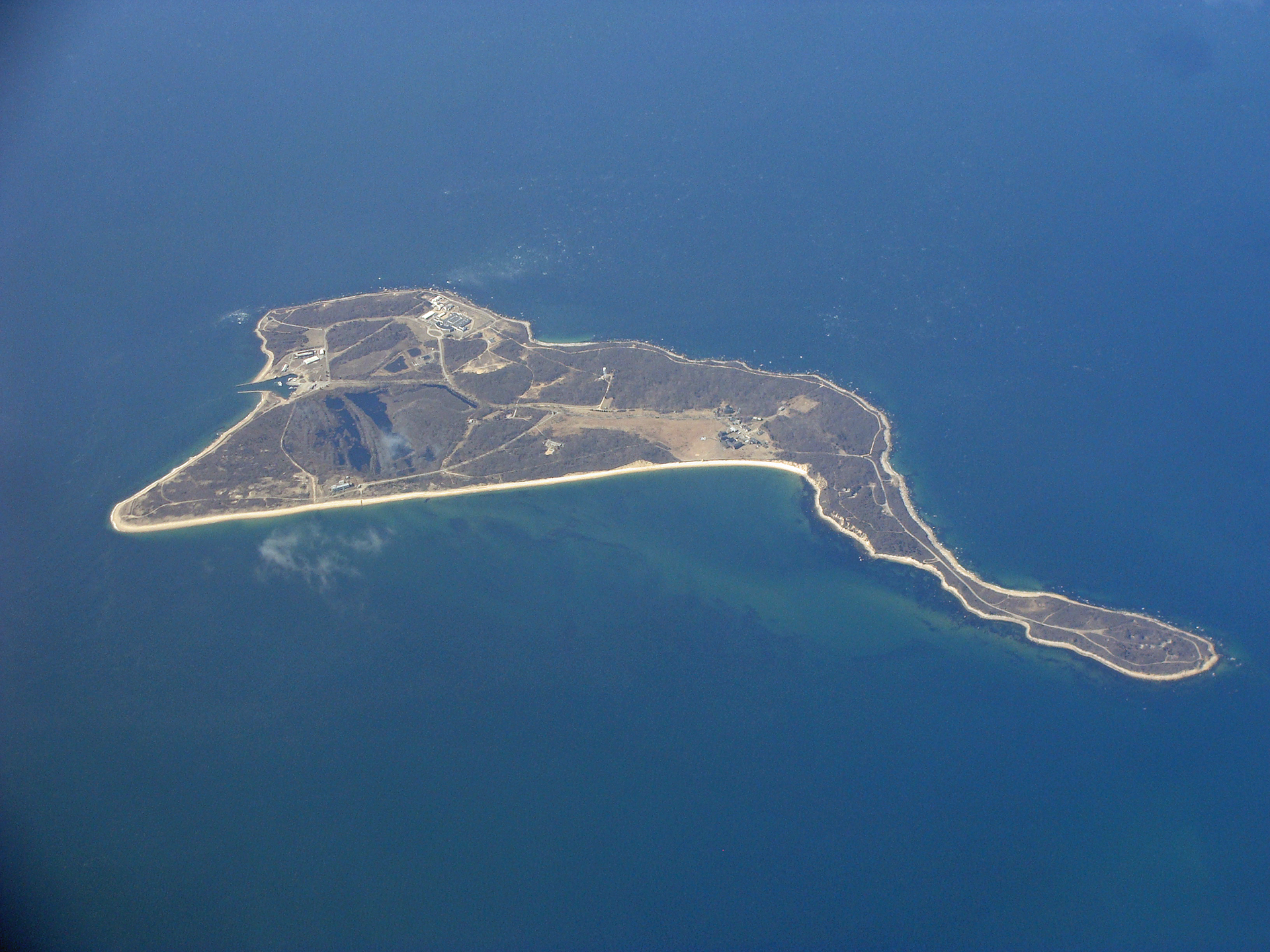Fight To Save Plum Island Continues

Connecticut has joined New York State in the fight to keep Plum Island from being sold.
The 840-acre island was for many years used as a government-run facility to study animal diseases. It is the only lab in the U.S. that works with active strains of the incredibly contagious and animal-ravaging foot-and-mouth disease.
The battle has raged since 2008 when the Department of Homeland Security, which owns the island, decided to close the facility and build a new national Bio and Ago Defense facility in Manhattan, KS. The money from the sale would defray some of the costs of the new facility.
The plan to close and sell the Plum Island facility drew fire from several sides. Southold Town noted Plum Island provided a steady and needed source of jobs — one study showed about 200 of the 400 employees on the island were local. Environmentalists said the island was a valuable retreat for animal life and endangered species.
Some locals are concerned about the dangerous germs the island still may harbor: The rumor mill over the years was that AIDS may have been developed on the site as a form of germ warfare and that Lyme Disease may have originated from the deer ticks on the island.
Local lore is filled with ominous accounts of mysterious goings-on; two fishermen whose boat was sinking washed up ashore only to be approached by a small army of armed guards who sent them back out to sea in the sinking boat. Fortunately, another fishing crew spotted them before their boat sank.
The actor Will Smith is one critic who spread the oft-repeated rumor that the government developed AIDS as a form of germ warfare and then tested it on black people in Africa. It was roundly dismissed, however.
The island is less than two miles from Long Island and about eight from Connecticut. Last week delegations from both states asked the House and Senate Appropriations Committees to withhold further funding to publicize and market the sale. The congressmen said in written statement “more than 200 bird species use the island.” The federal General Services Administration has agreed to conduct an environmental impact study before selling.
Chris Cryder, outreach coordinator for the Preserve Plum Island Coalition and special projects coordinator for Save the Sound, says the island is important for those in Connecticut, New York, and beyond. “Plum Island really has become an island of international importance, particularly from a wildlife perspective,” Cryder said. “But it is also home to many interesting cultural resources including the Plum Island lighthouse [built in 1869].”
The DHS was thinking more along the lines of a swank Hamptons-like resort destination replete with oceanfront mansions sitting atop majestic mountains that would draw a small fortune on the open market.
Congressman Lee Zeldin has been pushing to have the island preserved. Last summer the House of Representatives passed his bipartisan bill, the Plum Island Preservation Act, which would prevent the sale of Plum Island by the federal government to the highest bidder.
The bill received unanimous support from the Long Island and Connecticut House delegations, as well as a coalition of more than 65 local and national environmental groups. Zeldin’s bill will commission the Government Accountability Office, in consultation with the Department of Homeland Security, which currently “owns” the island, to formulate a comprehensive plan for the future of the island.
In order to become law, the bill must also be passed in the United States Senate, and it has repeatedly stalled here.
“The Senate really needs to pass something, anything, at this point to preserve and protect Plum Island so that we can get this law changed soon,” said Zeldin.
Should the island ever become available for sale a New York businessman, one Donald Trump, expressed an interest in developing a resort community built around a private golf club. He has since found another job.
rmurphy@indyeastend.com



